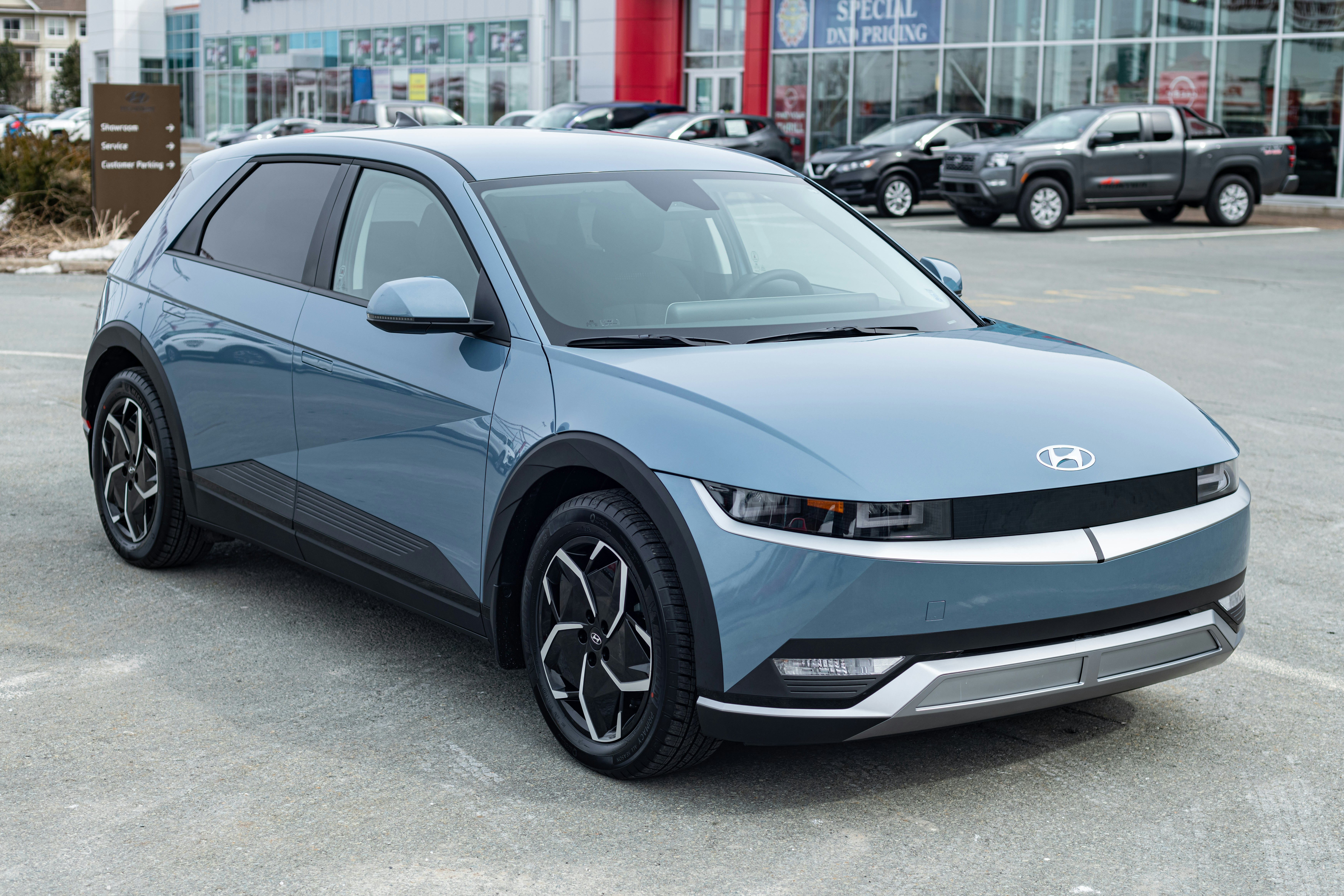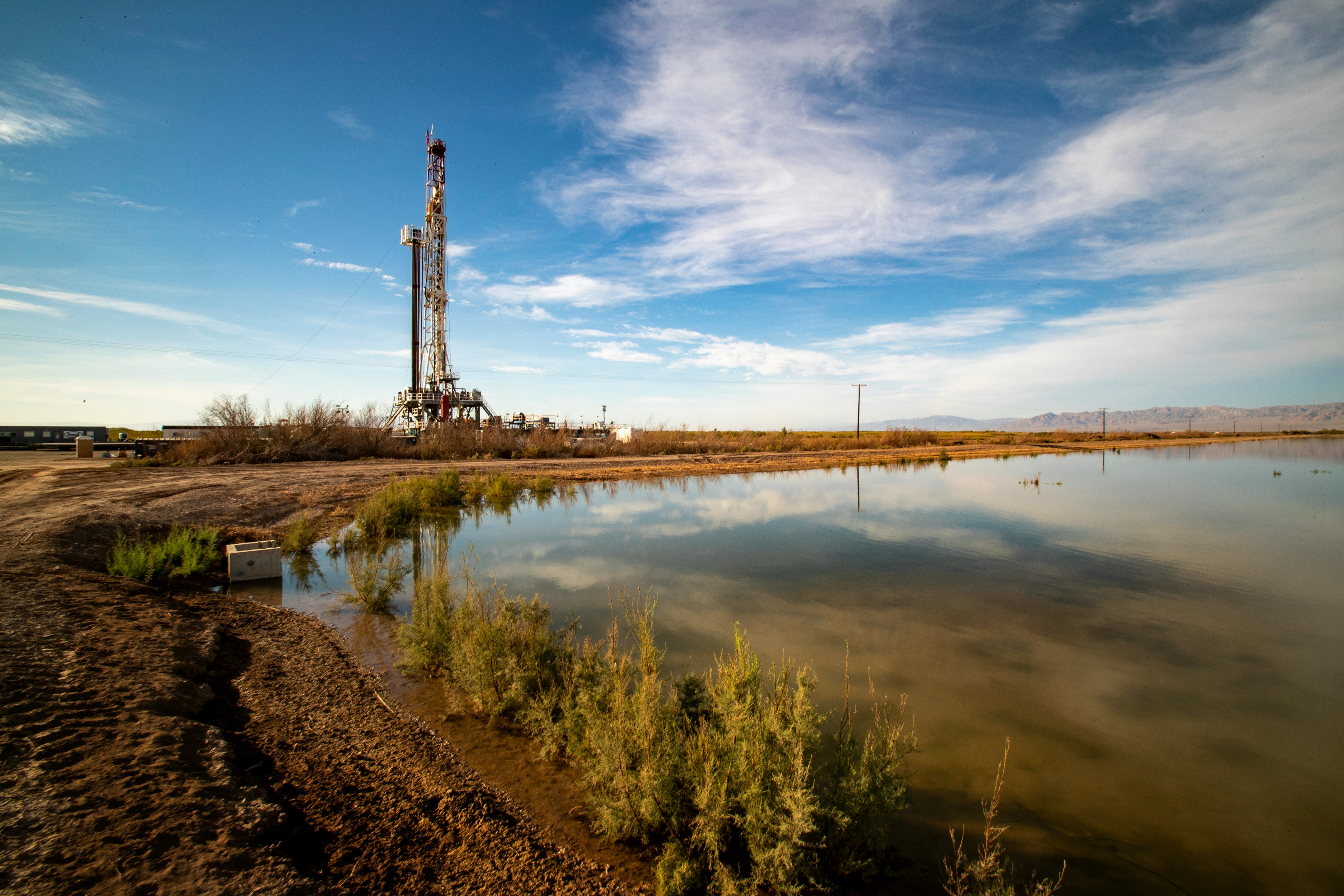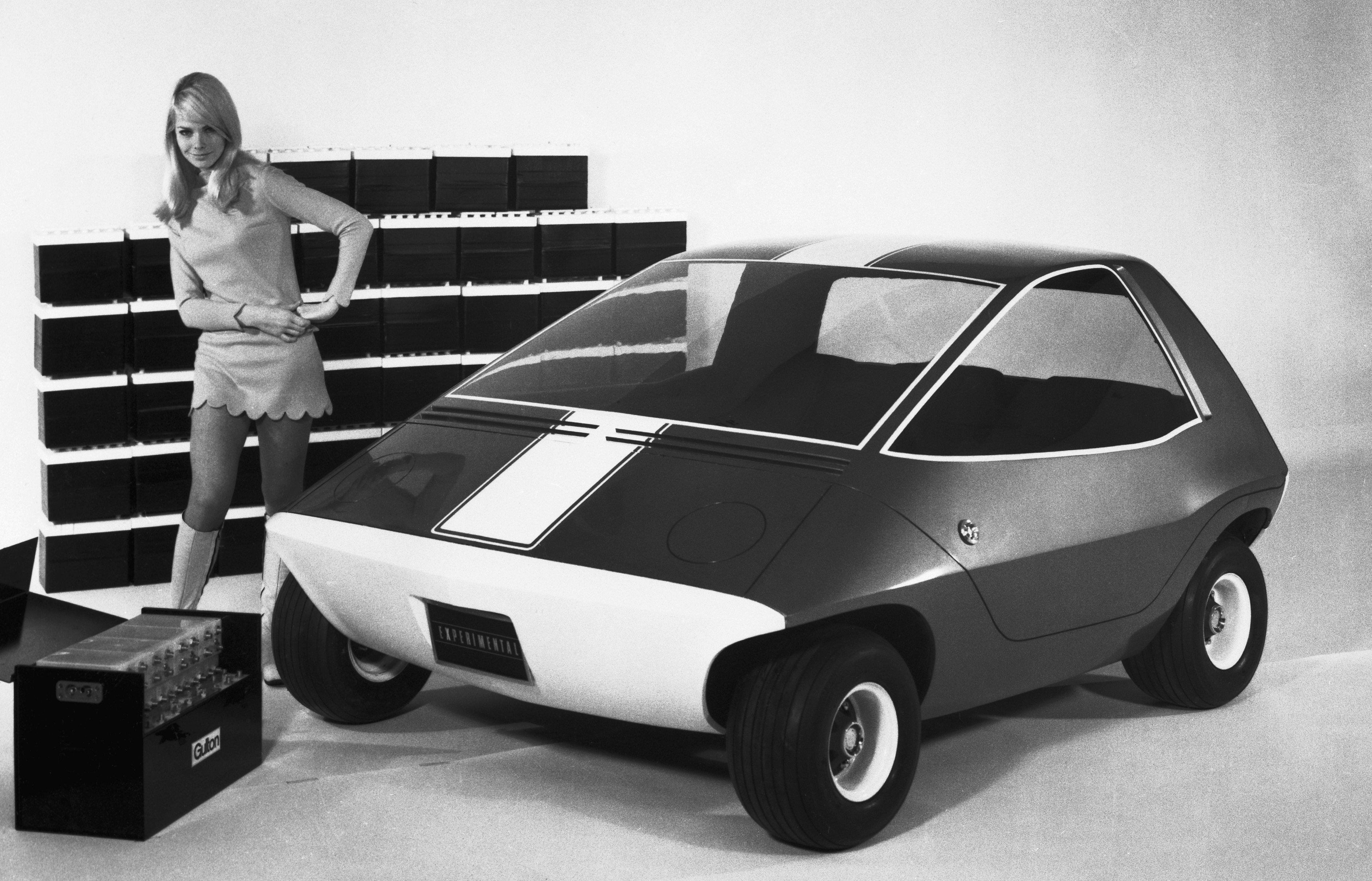
The Salton Sea is not a sea, but it is salty.
Nestled in the Southern California desert, this brackish, shallow lake is evidence of the volcanic activity that has roiled the region for hundreds of thousands of years. It is also a prime location for generating geothermal energy — a renewable form of energy driven by hot water and steam carrying the Earth’s internal heat up to the surface.
There are currently ten geothermal plants in the area with more planned for the future. First discovered in 1961, the lake’s hot brine beneath the lake is a source of (relatively) clean energy, but it could also prove crucial for how we store that energy using batteries. The reason why is to do with the lake’s brine’s particular chemical make-up: The lake brine water is full of lithium.
A major component in batteries, lithium is a vital element for powering the transition to transportation, energy, and cities that don’t depend on fossil fuels. Lithium-ion batteries power electric cars and help store electricity generated by renewable energy sources like wind and solar. But in the United States, most of the lithium energy companies and EV makers depend on comes from mines abroad, some as far away as Australia. It is also in short supply.
Lithium by the numbers

The rising demand and the scarcity means, according to statistics site Statista, the average price for a ton of lithium carbonate (a common form of lithium) was $17,000 in 2021 and has been steadily climbing since the start of the decade (in 2010, according to the site, lithium carbonate cost $5,180 a ton).
“There’s potentially about 128,000 tons of lithium carbonate equivalent per year... that’s just being wasted.”
Thanks to new technology that siphons lithium out of the wastewater generated by its many geothermal plants, the Salton Sea could gift the U.S. a domestic source of lithium — and a booming new industry to profit from.
“Finally, the U.S. now realizes that it will be far better to have a stable domestic supply of lithium rather than the current convoluted supply chain running through Australia, South America, and Asia,” geologist Michael McKibben explains.
HORIZONS is a newsletter on the innovations of today that will shape the world of tomorrow. This is an adapted version of the April 28 edition. Forecast the future by signing up for free.
McKibben, an associate professor emeritus of geology at the University of California, Riverside, is among the researchers trying to make it happen. For the past month, McKibben and his team have started to analyze the extent of the lithium reserves in the Salton Sea, a project they expect to take 15 months to complete.
“You can determine how much is being produced right now by the geothermal companies that are pulling the brine out of the ground,” McKibben explains.
“We know how much brine they’re bringing up every year and using, so there’s potentially right now about 128,000 tons of lithium carbonate equivalent per year that they’re producing that’s just being wasted.”
Considering the demand for electric vehicles almost doubled between 2020 and 2021, we’re going to need a lot of lithium to power future EVs, never mind anything else.
Waste not, want not

Geothermal plants pull hot, salty water out of the Earth, use the steam to turn turbines, and then deposit it back into the reservoir to generate electricity. McKibben says the lithium is dissolved in that brine.
“It’s being brought up, run through the plants, and pumped back into the reservoir,” he says.
“This one geothermal resource could produce as much lithium as the entire world produced in 2020 [every year].”
There’s almost certainly a lot more lithium in the reservoirs than what the existing geothermal plants are processing, McKibben says — and his team is determined to find out how much.
“The main approach we’re going to take is: What’s the concentration of lithium in the brines, what’s the pore space available in the reservoir that that brine fills, and then what’s the size of that reservoir?” McKibben says.
If you take the brine concentration and multiply it by the pore space, and then multiply that by the volume of the reservoir, McKibben says, you come up with a total amount of lithium that’s dissolved in the brine. The geothermal plants could be retrofitted to filter out and capture the lithium, while new plants could make the capability a part of their design.
“This one geothermal resource could produce as much lithium as the entire world produced in 2020 [every year],” McKibben predicts.
To better understand the reservoir, McKibben and his colleagues also want to learn what kinds of rocks are producing the lithium by collecting samples, taking them back to the lab, and analyzing them.
“We’re using the Laser Ablation Inductively Coupled Plasma Mass Spectrometer — which is a fancy way of describing firing a laser beam at a mineral, creating a plasma out of that, and then analyzing that plasma for lithium content. That’s the technique we’re going to use,” McKibben says.
Patrick Dobson, a scientist at the Lawrence Berkeley National Laboratory and one of the researchers working on the project with McKibben, tells Inverse that the work benefits from past investigations into the geothermal and seismic activity in the area.
“There have been a lot of wells that have been drilled since the 1960s, and there’s been a lot of subsurface characterization using geophysical technologies, such as magnetotellurics, looking also at heat flow measurements in the area with shallow heat flow and deep heat flow, looking at the structure of the subsurface with reflection seismic, and also passive seismic activity,” Dobson says.
On the horizon...

California’s lithium reserves may extend beyond the Salton Sea, Dobson says. In turn, these reserves could fuel a new, highly-profitable U.S. lithium industry. Dobson notes that the Imperial Valley is one of the poorest regions in the U.S., and a new industry particular to the region could ultimately benefit the people who live there, especially if electric-vehicle manufacturers and battery makers also move to where the lithium is at.
“If they can produce battery components right next to the geothermal field, then you’re talking thousands of jobs.”
“You might as well build the battery cathodes where you’re producing the lithium. This is a region that desperately needs the jobs,” McKibben says.
“If they can produce battery components right next to the geothermal field, then you’re talking thousands of jobs, which would be a great boon to that county.”
There are already signs Dobson’s prediction may come to pass: Car companies like General Motors are investing in lithium mining projects in the area. Warren Buffet’s Berkshire Hathaway, which owns most of the geothermal plants near the Salton Sea, is also working on getting involved in lithium production.
Both McKibben and Dobson stress it’s important that the U.S. have its own lithium resources so it’s not reliant on other countries and can meet the growing need for lithium-ion batteries.
“It’s not just electric vehicles. You think of cell phones and tablets... things we all use every day that have lithium-powered batteries,” McKibben says.
This little part of California could launch an industry that will make a clean energy future possible and create a lot of jobs along the way.
HORIZONS is a newsletter on the innovations of today that will shape the world of tomorrow. This is an adapted version of the April 28 edition. Forecast the future by signing up for free.







